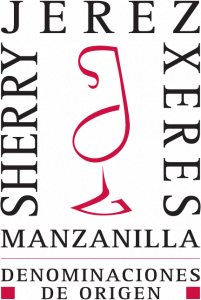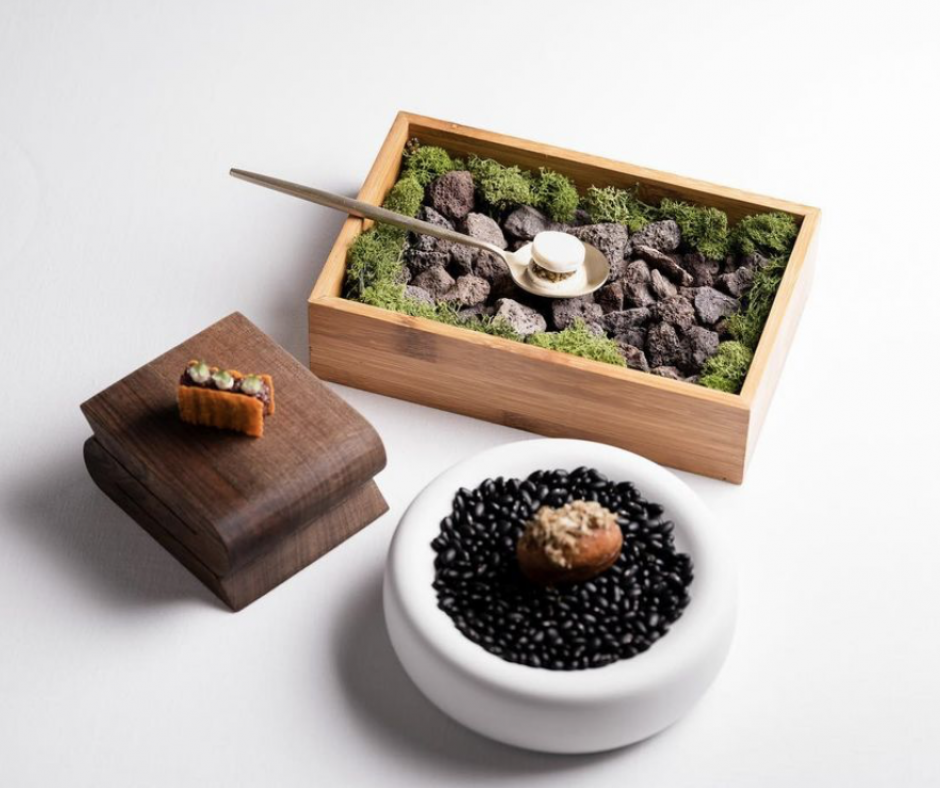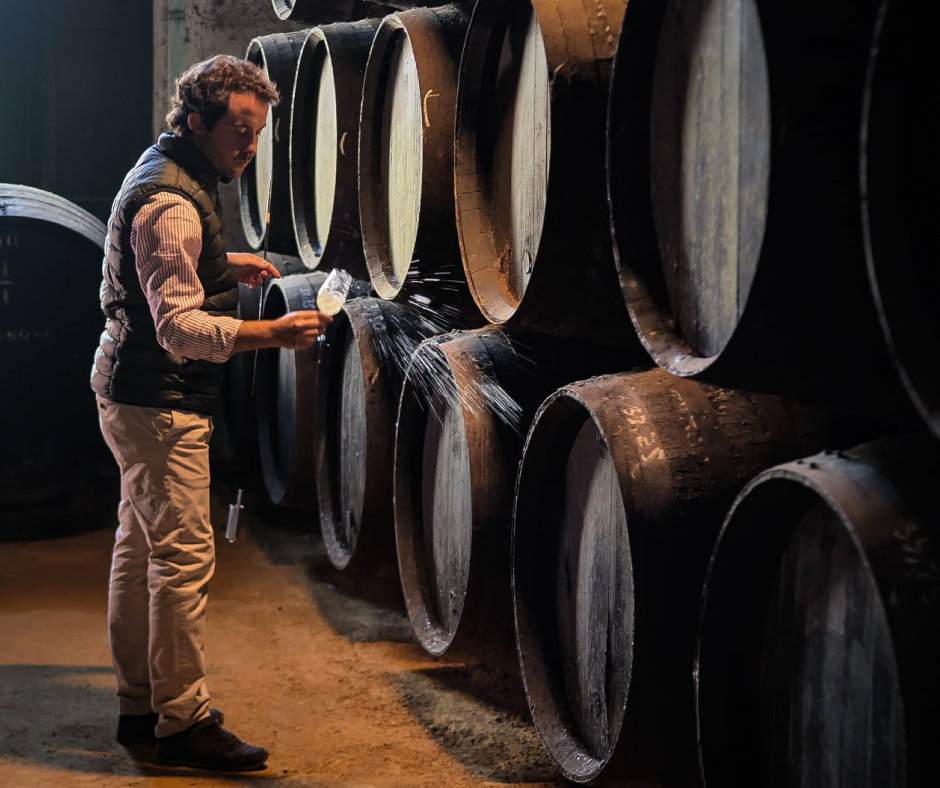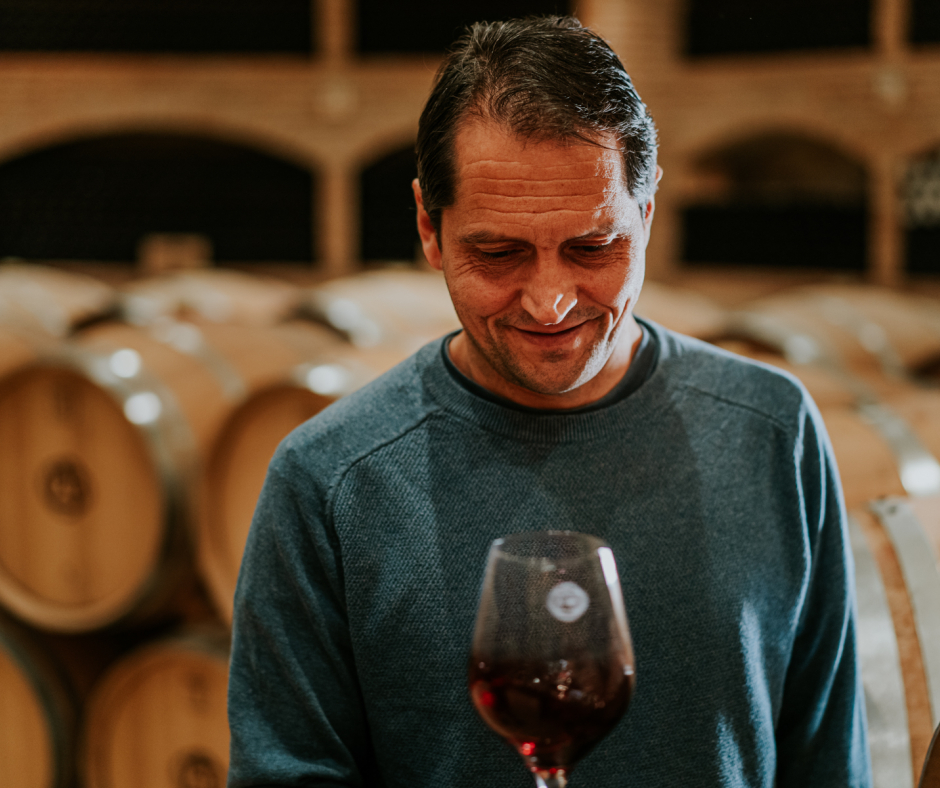Extraordinary elixirs that awaken the senses and stir the imagination, noble wines constitute an important sector of the wine world. These distinctive, refined types of wine are the result of unique processes and specific conditions that give each one a singular and memorable character.
In this tour of noble wines - that is, those that are fortified, biologically aged, oxidatively aged, and/or naturally sweet - we will explore some of the most outstanding examples, from the legendary Port, Tokaji and Sauternes, to unusual ice wines. In addition, we will highlight “rancio wine”, a novelty for Vinoble 2024, which is guaranteed to impress even the most demanding palates.
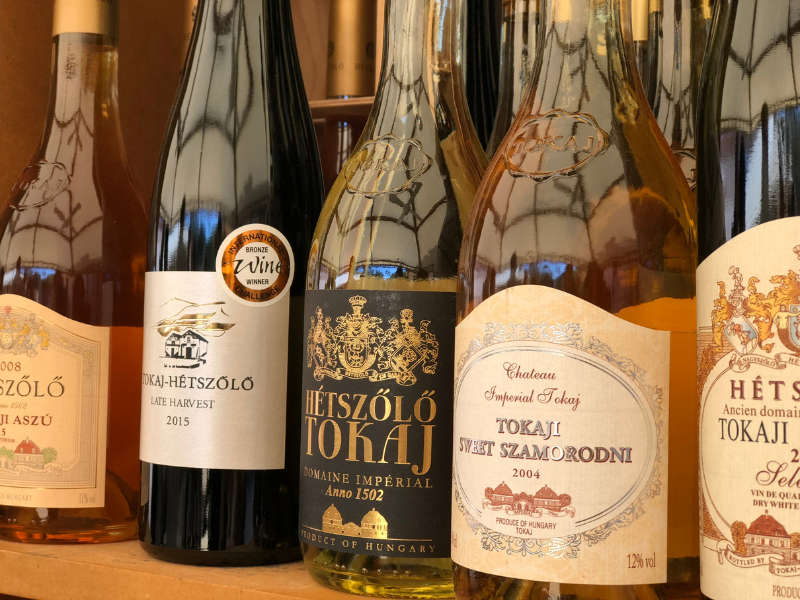
Tokaji: Hungary's liquid gold
Tokaji Aszú wines, from the Tokaj region of north-east Hungary, are known for their sweetness, complexity and longevity. The history of these gold-coloured nectars dates at least to the 17th century, with a rich cultural heritage and a reputation that transcends Hungary's borders – Tokaji was often presented as a gift between European monarchs. In fact, King Louis XIV of France, the Sun King, called Tokaji "the king of wines and the wine of kings". Made mainly from the Furmint grape, as well as other varieties such as Hárslevelű and Muscat also affected by noble rot (botrytis cinerea - aszú is the Hungarian word for the affected berries, and the resulting wine), Tokaji exhibits intense aromas of honey, apricot and spices. The most distinctive feature of these wines are their production method, which involves fermenting raisined grapes and then blending them with dry white wine, resulting in an exceptionally concentrated, sweet wine balanced by a sharp acidity.
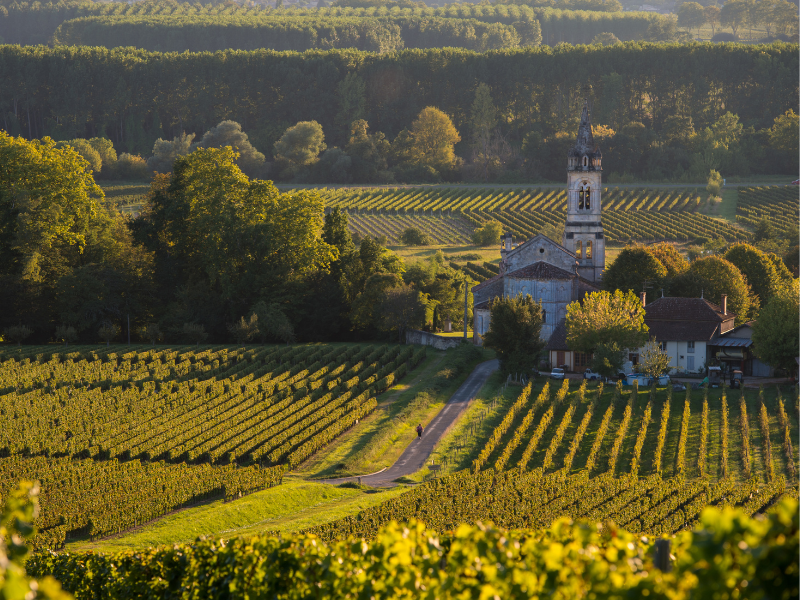
Sauternes: French elegance in a glass
Originating from the Bordeaux region of France, Sauternes are renowned for their elegance and sophistication. Their reputation as world class wines is undisputed: from Château d'Yquem, one of the world's most prestigious producers, to small family-run wineries, the Sauternes region produces some of the most exquisite and sought-after sweet wines on the planet. Made mainly from Sémillon, Sauvignon Blanc and Muscadelle, these wines acquire their characteristic sweetness from the noble rot that affects the grapes as a result of autumn morning mists followed by sunny afternoons, after which the berries become partially raisined. With their aromas of honey, quince and caramel, Sauternes are the perfect match for blue cheeses and foie gras.
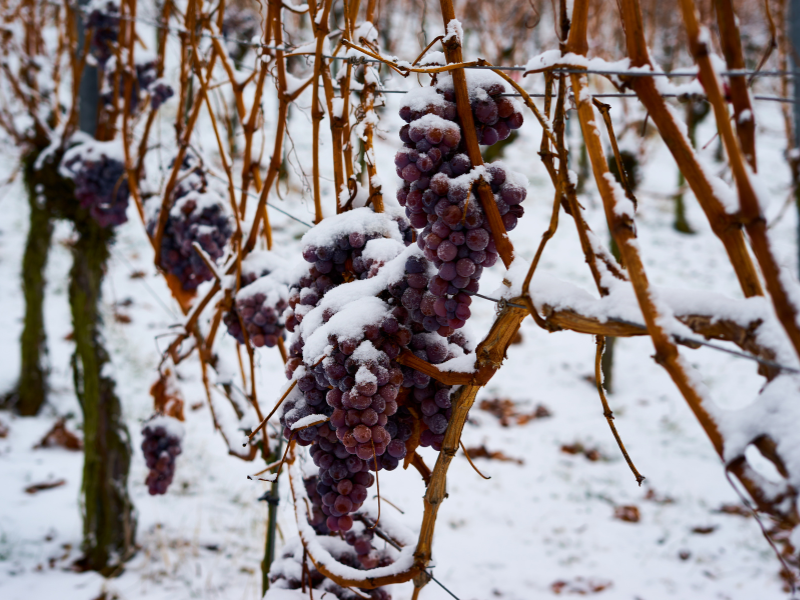
Ice Wines: The art of natural freezing
Ice wines are a winemaking rarity, produced in regions with extremely cold winters, such as Canada and Germany. During the harvest, as long as temperatures reach minus 8 degrees C for at least 8 hours, the grapes are left to freeze on the vine. When pressed and the frozen water is separated, the sugar, acidity and all the aromatic compounds are concentrated together in the must. This natural freezing process results in wines that are both intensely sweet and delicate, with notes of tropical fruits, honey and spices. Varieties such as Vidal in Canada and Riesling in Germany are used to produce the vast majority of ice wines on the market, viticultural jewels with prices in line with their complicated elaboration and limited production volume.

Porto: Portugal's treasure
One of the most recognised styles of wine in the world, Port originates from the terraces of the Douro Valley in northern-eastern Portugal; Alto Douro is the oldest protected wine-growing region, demarcated in 1756. Port wine’s earliest origins date back even further, to the 17th century, when British merchants discovered that adding brandy to local wine during fermentation made it sweeter and more stable for transport. Produced mainly from Touriga Nacional, Touriga Franca and Tinta Roriz grape varieties, this brandy-fortified wine is produced in a variety of styles: vibrant Ruby, mellow, wood-aged Tawny, and rich, structured Vintage, made only in the finest years, and designed to improve as it ages in the bottle, as well as white and rosé. With its flavours of ripe fruits, wildflowers, liquorice and spices, Port is the perfect accompaniment to chocolate desserts and blue cheeses such as Stilton.
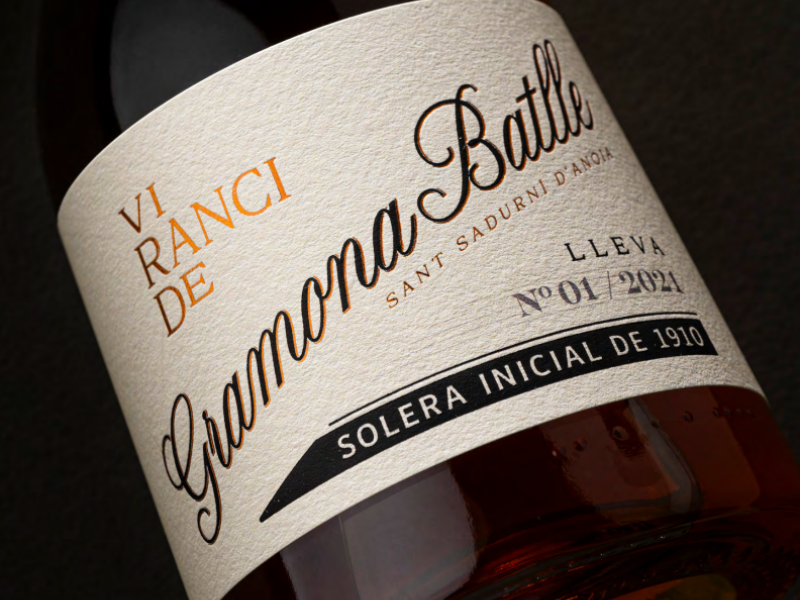
Rancio Wine: The new jewel of Vinoble 2024
Presented for the first time at this year’s Vinoble, vino rancio is a fascinating addition to the world of noble wines. Originating in the Spanish and French Mediterranean regions and made from different types of Garnacha, this style is characterised by its controlled oxidation in partially-filled oak (or other wood) casks, sometimes left out in the sun for years, which gives it a unique and complex flavour. This prolonged exposure to oxygen and heat gradually transforms the wine, creating a flavour profile that is both intense and delicate. Either in dry style or with residual sugar, and with notes of dried fruits, caramel and mahogany wood, rancio wine is an incomparable sensory experience that will captivate the most adventurous aficionados.
One rancio wine that deserves special mention is Vi Ranci Gramona Batlle, the result of a solera started at the end of the 19th century by the Batlle wine-making family, which was used to supply the taverns in Barcelona owned by the Gramona family. In 1910, Josep Gramona sold the taverns, and his son Bartomeu, who married Josep Batlle’s daughter, moved the entire solera to the Celler Batlle in Sant Sadurní d'Anoia, where it is still located today. This wine began to be used as an expedition liqueur for the sparkling wines of the Gramona brand, a technique that is still employed today and which sets the seal on a unique family product.
In conclusion, noble wines offer a fascinating universe of flavours, aromas and textures that reflect the diversity and richness of the wine world. From the classic Port, Tokaji and Sauternes to innovative proposals such as rancio and ice wines, each of these elixirs is an oenological masterpiece that deserves to be highly appreciated. Exploring the world of noble wines involved embarking on a journey full of surprises and discoveries, where each glass offers a glimpse into one region’s history and culture.
